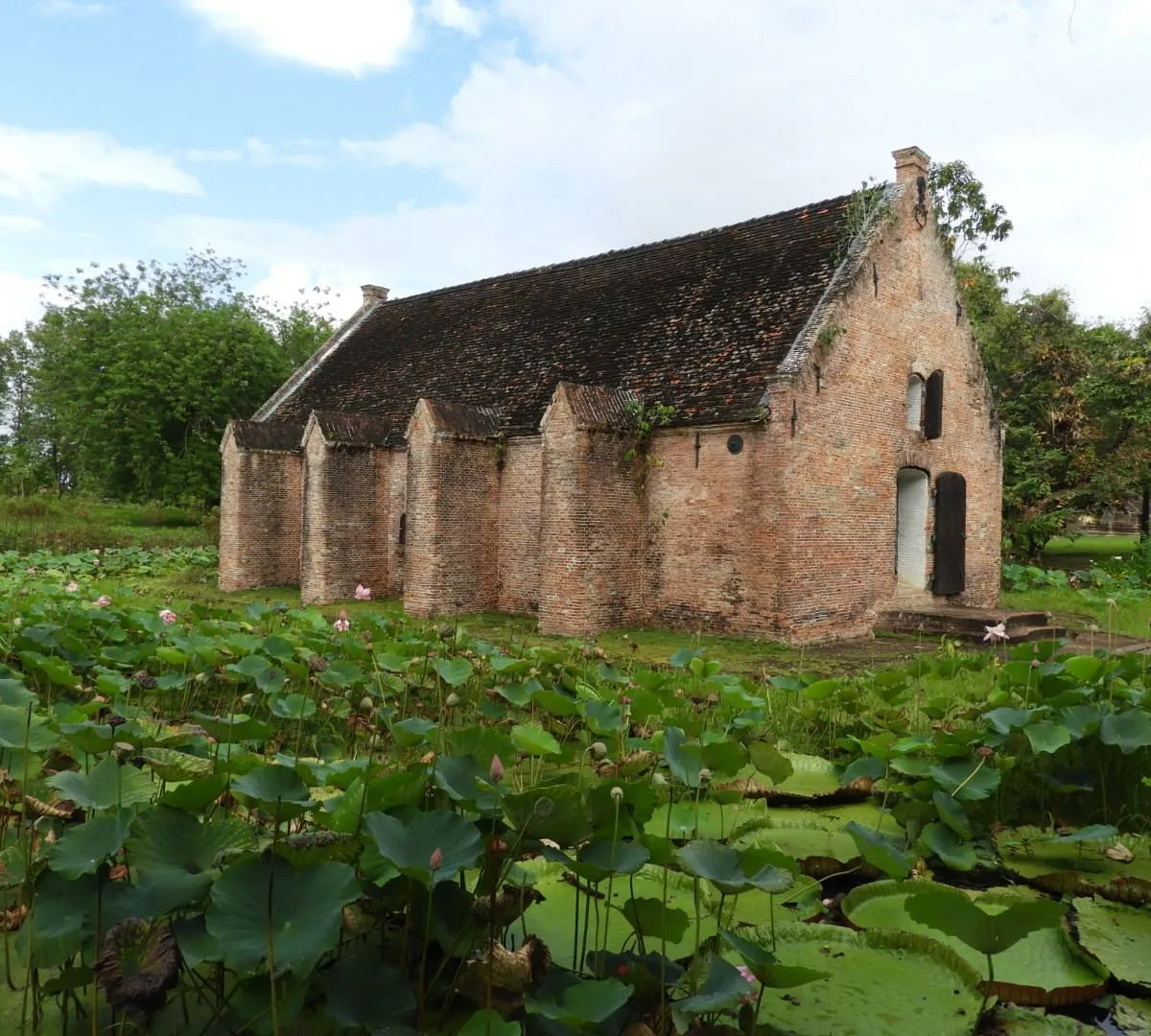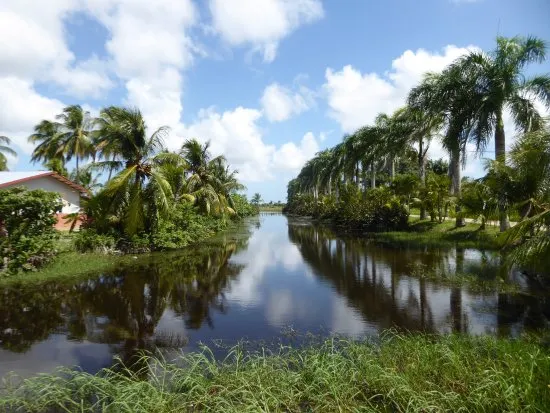1. Overview & Address of the Place
Tafelberg Nature Reserve is a remote and ecologically rich protected area located in the Sipaliwini District of central Suriname. Centered around the iconic Tafelberg (Table Mountain), a flat-topped mountain rising to 1,026 meters, the reserve encompasses tropical rainforests, savannas, and unique geological formations. It forms part of the larger Central Suriname Nature Reserve, a UNESCO World Heritage Site.
Location – Google Maps link
2. History
- Establishment (1966): Tafelberg Nature Reserve was established in 1966 to protect the unique ecosystems surrounding Tafelberg Mountain.
- Integration into CSNR (1998): In 1998, it became part of the Central Suriname Nature Reserve (CSNR), which spans over 1.6 million hectares.
- First Ascent (1943): The mountain was first climbed during the Coppename River expedition led by Dutch biologist Dirk Geijskes.
- Geological Significance: Tafelberg is the only tepui (table-top mountain) in Suriname, part of the Roraima formation.
- Biodiversity Hotspot: The reserve hosts over 5,000 plant species and numerous endemic animals.
- Waterfalls: Features notable waterfalls like the Geijskes Falls, cascading from the mountain’s cliffs.
- Remote Access: Accessible primarily by small aircraft or extended river expeditions, emphasizing its pristine condition.
- Ecotourism: Limited, controlled tourism is permitted, focusing on sustainability and conservation.
- Research Importance: Serves as a site for scientific studies on tropical ecosystems and biodiversity.
- Cultural Heritage: The area holds significance for indigenous communities and reflects Suriname’s natural heritage.
3. What Makes Tafelberg Nature Reserve Popular?
Tafelberg Nature Reserve is renowned for its untouched wilderness, unique geological formations, and rich biodiversity. Its isolation offers a rare opportunity to experience pristine tropical ecosystems, making it a sought-after destination for researchers, adventurers, and eco-tourists seeking solitude and natural beauty.
4. Overall Ratings (1 to 5 Stars)
Rating: ★★★★☆ (4/5)
A remarkable destination for experienced travelers and nature enthusiasts. Its remoteness adds to its allure but requires careful planning and preparation.
5. Weather
The region experiences a tropical rainforest climate with high humidity and temperatures averaging around 27°C (81°F). The wet season extends from December to July, with the heaviest rainfall between April and July. The drier months from August to November are more favorable for expeditions.
6. Nearest Five Hotels
Due to its remote location, there are no hotels within the immediate vicinity of Tafelberg Nature Reserve. Accommodation options are available in Paramaribo, the capital city, before embarking on expeditions:
- Royal Torarica Hotel – Luxury accommodations with modern amenities.
- Torarica Resort – Resort-style hotel with recreational facilities.
- Hotel Krasnapolsky – Centrally located with comfortable rooms.
- Hotel Palacio – Boutique hotel blending colonial charm with modern comfort.
- Eco Torarica – Eco-friendly hotel offering basic amenities.
7. Timings
The reserve does not have fixed operating hours. Access is typically arranged through special permits and guided expeditions, which are planned in advance.
8. Time Required to Visit
Expeditions to Tafelberg Nature Reserve usually span several days, often ranging from 5 to 10 days, to account for travel, acclimatization, exploration, and return.
9. Entry Fees & Ticket Booking Details
Access requires special permits obtained through the Surinamese Forest Service or authorized tour operators. Fees vary depending on the nature and duration of the expedition.
10. Things to See & Do
- Summit Tafelberg: Undertake challenging hikes to the mountain’s flat summit for panoramic views.
- Explore Waterfalls: Visit the Geijskes Falls and other cascades within the reserve.
- Wildlife Observation: Spot diverse fauna, including jaguars, giant armadillos, and various primates.
- Birdwatching: Observe over 400 bird species, such as the Guiana cock-of-the-rock and harpy eagle.
- Botanical Studies: Discover unique plant species, including endemic orchids and ferns.
- Photography: Capture the untouched beauty of Suriname’s interior landscapes.
11. Best Time to Visit
The optimal period is during the dry season, from August to November, when trails are more accessible, and weather conditions are favorable for trekking and exploration.
12. Nearest Parking Spots
As the reserve is accessible primarily by air or river, there are no traditional parking facilities. Vehicles are typically left in Paramaribo or at designated points before commencing the journey.
13. Tips for Visitors
- Physical Preparation: Ensure good physical fitness for demanding treks.
- Travel with Guides: Always explore with experienced guides familiar with the terrain.
- Pack Essentials: Bring necessary supplies, including food, water purification methods, and medical kits.
- Respect Nature: Adhere to Leave No Trace principles to preserve the pristine environment.
- Weather Readiness: Prepare for sudden weather changes with appropriate gear.
14. How to Reach the Place
- By Air: Charter flights from Paramaribo to nearby airstrips like Rudi Kappel Airstrip, followed by treks into the reserve.
- By River: Multi-day canoe or boat journeys via rivers such as the Coppename, combined with overland treks.
15. Nearby Attractions to Combine for the Visit
Given its isolation, Tafelberg is often the primary focus of expeditions. However, within the broader Central Suriname Nature Reserve, visitors can also explore:
- Voltzberg: A granite dome offering challenging hikes and rich biodiversity.
- Raleighvallen: A region known for its waterfalls and diverse wildlife.


